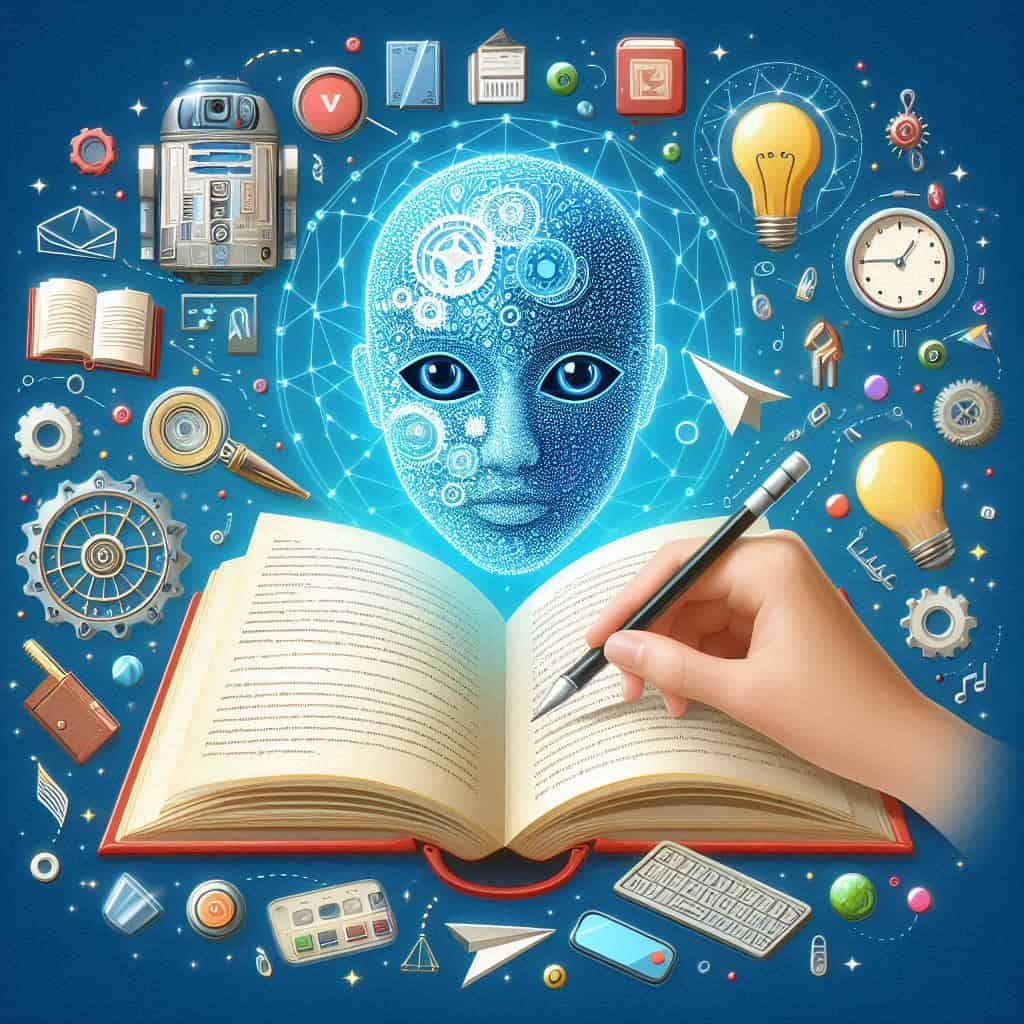
How to Cite AI-Generated Content: A Comprehensive Guide
- Manuscript Preparation

The use of artificial intelligence (AI) in content creation is rapidly increasing, transforming the landscape of writing, research, and design. While AI tools like ChatGPT and DALL-E offer exciting possibilities, they also present new challenges, particularly when it comes to citing AI-generated content. Traditional citation guidelines often fall short in addressing the unique aspects of AI content, such as its potential non-retrievability, evolving authorship concepts, and ethical considerations. This article aims to provide a comprehensive guide to navigating the complexities of citing AI-generated content, ensuring accuracy, transparency, and academic integrity.
Understanding AI-Generated Content
AI-generated content encompasses various formats, including text, images, code, and even audio and video produced using artificial intelligence technologies. Large language models (LLMs) like ChatGPT, for instance, can generate human-quality text in response to user prompts, while tools like DALL-E create realistic images from textual descriptions. These tools are finding applications in diverse fields, from assisting with research and writing to supporting design processes.
Ethical Considerations in AI Content Creation
While AI offers significant benefits, such as increased efficiency and creative exploration, its use also raises ethical concerns. One crucial aspect is disclosure. Transparency demands that the use of AI tools be clearly acknowledged in any work that incorporates AI-generated content. This fosters trust and accountability within academic and professional communities.
Plagiarism and Originality
Plagiarism is another significant concern. While AI tools can generate original content, it’s essential to verify its originality using plagiarism detection tools and to properly cite any sources used by the AI. Moreover, AI tools themselves cannot be credited as authors, as they lack the accountability and responsibility associated with authorship.
Fact-Checking AI Content
Finally, it’s crucial to fact-check AI-generated content, as these tools can sometimes produce inaccurate or biased information.
Citation Styles for AI Content
Citing AI-generated content requires attention to specific guidelines, often borrowing principles from traditional citation styles. While definitive rules are still evolving, several key elements are generally included:
- Author: The name of the AI model’s developer (e.g., OpenAI for ChatGPT)
- Date: The year of the AI model version used
- Title: The name of the AI model
- Version: The specific version of the model (e.g., ChatGPT 3.5)
- Source: The URL where the AI tool can be accessed
APA (American Psychological Association)
- Reference Entry: OpenAI. (2023). ChatGPT (Mar 14 version) [Large language model].
- In-Text Citation: (OpenAI, 2023)
MLA (Modern Language Association)
- Works Cited Entry: “Explain antibiotics” prompt. ChatGPT, 13 Feb. version, OpenAI, 16 Feb. 2023,
- In-Text Citation: (“Explain antibiotics”)
Chicago Manual of Style
- Footnote: 1. Text generated by ChatGPT, March 31, 2023, OpenAI,
IEEE (Institute of Electrical and Electronics Engineers)
- Disclosure: IEEE mandates acknowledging AI use in the acknowledgments section, specifying the tool and content sections generated or edited by AI. For specific citation formatting, IEEE recommends consulting the Chicago Manual of Style.
Addressing Specific Challenges in Citing AI Content
Citing Non-Retrievable Content
The nature of AI-generated text often makes it non-retrievable. To address this, consider:
- Appendix: Include the full AI-generated text as an appendix to your work.
- Citation Reference: Refer to the appendix in your citations. For example: (OpenAI, 2023; see Appendix A for the full transcript).
Citing AI-Generated Figures and Images
When using AI for visual content, ensure accuracy and transparency. Cite these visuals using adaptations of the principles outlined for text citations, specifying the AI tool used and the prompt provided.
Navigating Publisher Policies
Publisher policies regarding AI content are still evolving. Some, like the Seismological Society of America, discourage AI use unless it’s integral to the research design. Always consult the specific guidelines of the journal or publisher you intend to submit to.
The Future of AI in Academic Writing
AI continues to reshape academic writing and publishing. Citation guidelines are under constant development. The increasing use of AI calls for robust ethical frameworks, updated plagiarism detection methods, and continuous adaptation within academic and research communities.
Conclusion
The responsible and ethical use of AI in content creation hinges on transparency, accuracy, and adherence to citation guidelines. By understanding the principles outlined in this guide and remaining informed about evolving practices, we can harness the power of AI while maintaining academic integrity and fostering trust in the information we produce and share.
Frequently Asked Questions About Citing AI-Generated Content
Do I need to cite AI-generated content at all?
Yes! Just like any other source, you must cite AI-generated content to avoid plagiarism and give credit to the developers of the AI tool.
Can I list an AI tool as an author on my paper?
No. AI tools are not considered authors because they cannot take responsibility for the work. Authorship implies accountability for the content, disclosure of conflicts of interest, and copyright management—responsibilities that AI tools cannot fulfill.
What information do I need to include when citing AI content?
While specific formatting varies by style, generally include:
- Author of the AI tool/model: (e.g., OpenAI)
- Year (if given): The year the version was released
- Title of the AI tool/model: (e.g., ChatGPT)
- Version: (e.g., Feb 13 version)
- Description of the tool: (e.g., Large language model)
- URL for the source: (e.g.,
How do I cite AI-generated content in APA style?
Here’s an example:
- In-text: (OpenAI, 2023)
- Reference: OpenAI. (2023). ChatGPT (Feb 13 version) [Large language model].
How do I cite AI-generated content in MLA style?
Here’s an example:
- In-text: (“Explain antibiotics”)
- Works Cited: “Explain antibiotics” prompt. ChatGPT, 13 Feb. version, OpenAI, 16 Feb. 2023,
How do I cite AI-generated content in Chicago style?
Chicago recommends citing AI-generated content in a footnote. For example:
- Footnote: 1. Text generated by ChatGPT, March 31, 2023, OpenAI,
What are the IEEE guidelines for AI-generated content?
The IEEE requires disclosure of AI use in the acknowledgments section. This disclosure should identify the AI tool used and the specific sections of the document containing AI-generated content. The IEEE does not yet have a standard citation format for AI content and recommends referring to the Chicago Manual of Style.
What about other citation styles?
Formal guidelines for citing AI content in other styles like Harvard and Vancouver are still in development. However, the general principles outlined above can be applied.
Share:
